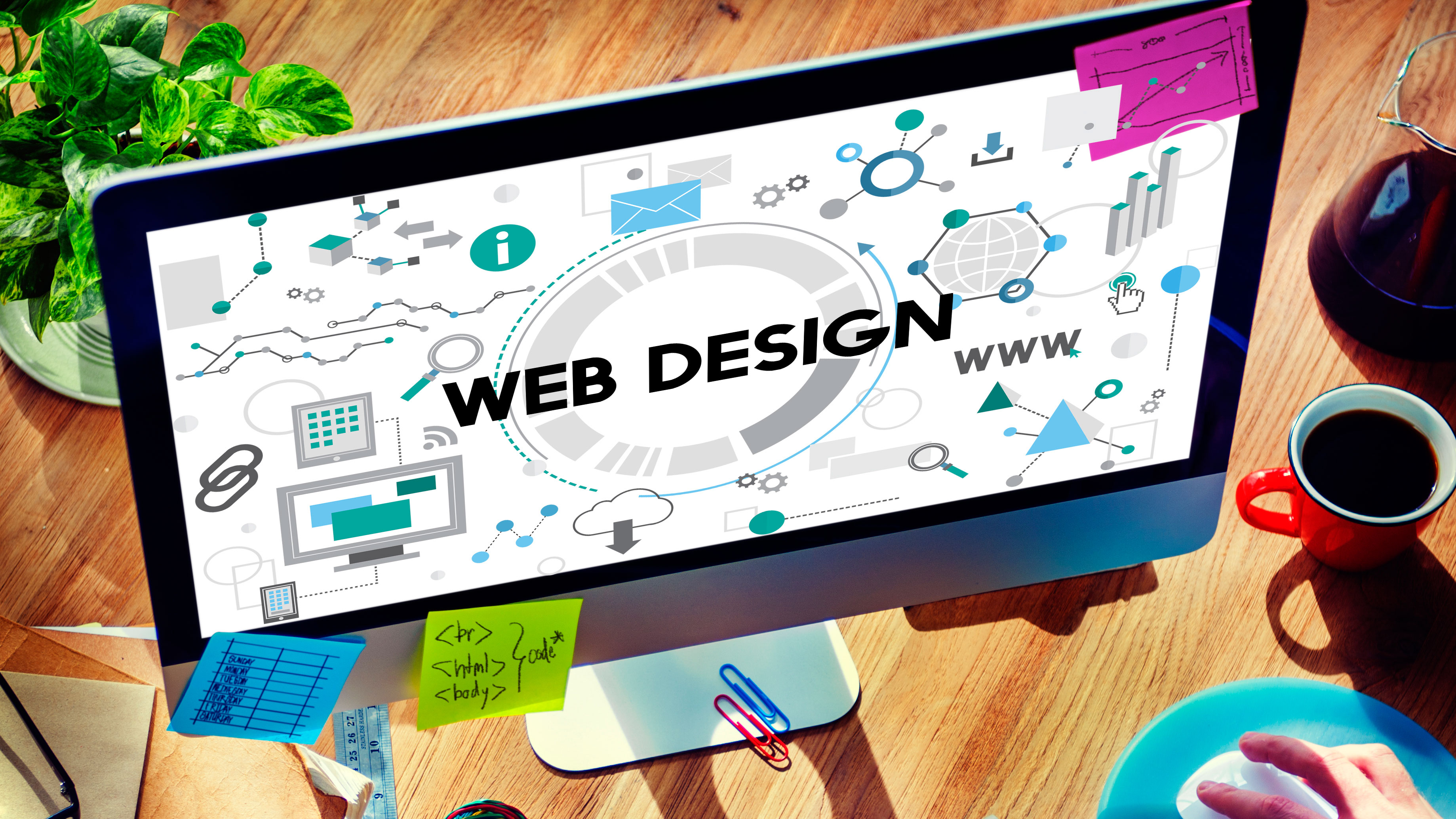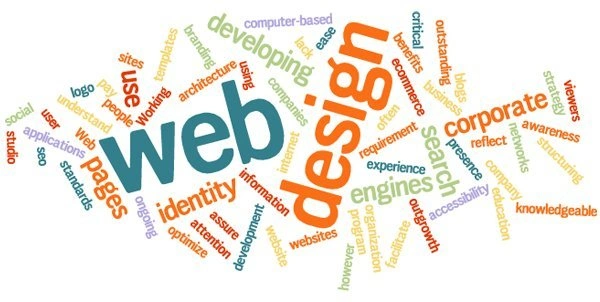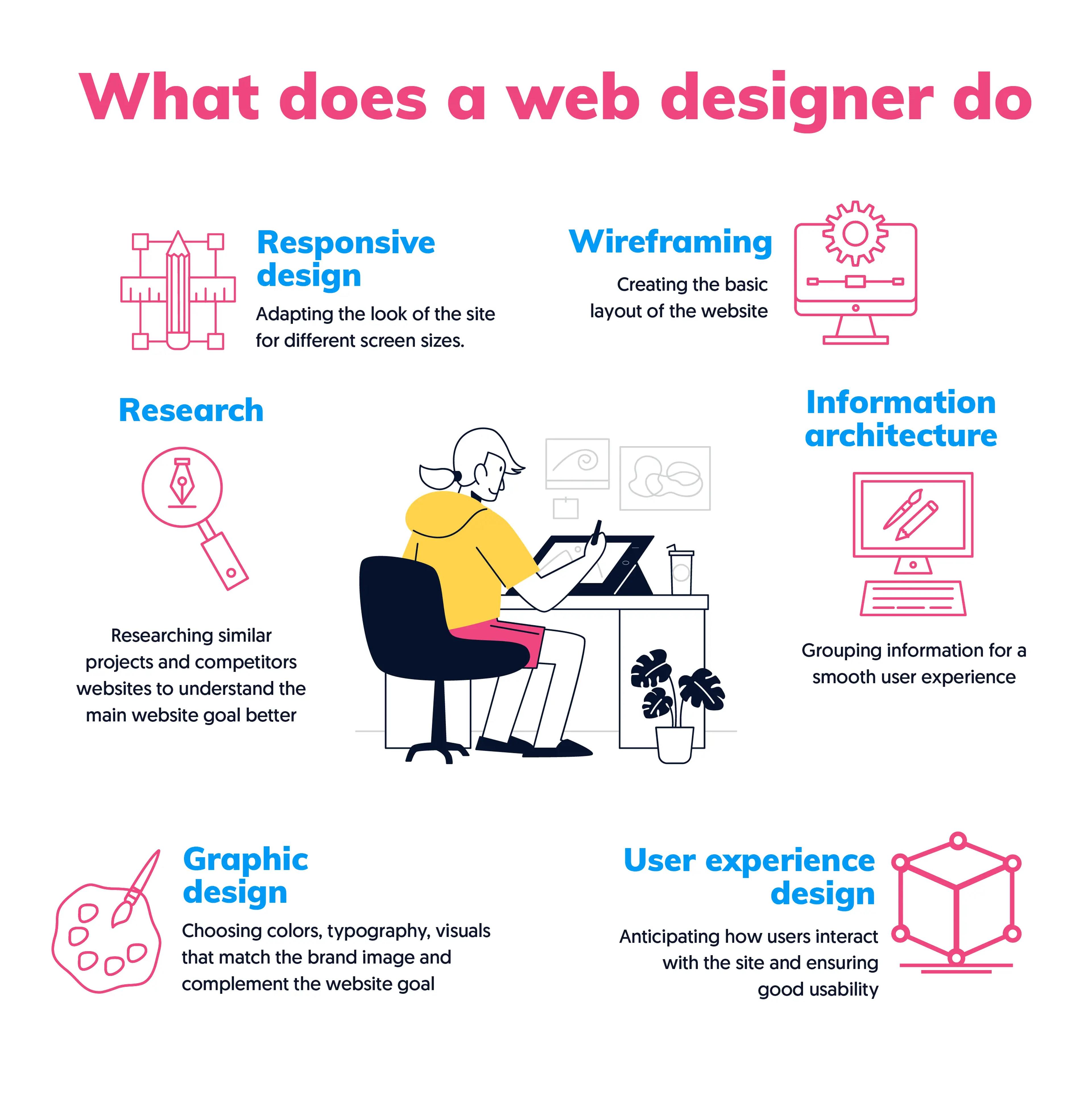The Most Effective Sorts Of Website Design to Enhance Customer Experience and Engagement
In the ever-evolving landscape of electronic communication, the efficiency of website design significantly affects user experience and interaction. Various style approaches, such as minimalist, receptive, and interactive layouts, each offer unique advantages that can deal with diverse individual demands. Comprehending which kinds of Web layout best serve these purposes can be critical for organizations aiming to improve consumer fulfillment and retention. The inquiry remains: which design aspects truly resonate with individuals and foster purposeful involvement? The exploration of these principles reveals crucial understandings that might redefine your approach to Web layout.
Minimalist Web Style
As electronic landscapes become increasingly cluttered, minimalist website design has actually arised as a powerful method to enhancing user experience. This design approach focuses on simplicity, focusing on vital aspects while getting rid of unnecessary distractions. By utilizing ample white space, uncomplicated navigating, and a minimal shade combination, minimalist design cultivates quality and guides individual attention to vital web content.
The core principle of minimalist Web style is to create a smooth communication for users. By reducing cognitive lots, customers can quickly understand information without really feeling overwhelmed. This straight strategy not only improves use however also urges engagement, as site visitors are more probable to discover a site that is simple and visually enticing to navigate.
Furthermore, minimal layout frequently highlights typography and images, utilizing these aspects purposefully to share messages effectively. In essence, minimal Web layout is not simply a trend; it is a thoughtful method that identifies the importance of user-centered design.
Receptive Web Layout
In today's varied electronic environment, receptive website design has ended up being crucial for developing a smooth user experience across a wide variety of gadgets. As customers accessibility internet sites on smart devices, desktop computers, tablets, and laptops, the capability of a web site to adjust its format and material to various screen sizes and resolutions is important.
Responsive Web design uses adaptable grids, photos, and CSS media questions to make certain that Web content exists efficiently, no matter of the tool made use of. This strategy not just improves the visual charm of a site but additionally dramatically enhances functionality. Users are most likely to engage with a site that supplies a regular experience, as it eliminates the aggravation of having to zoom in or scroll exceedingly.
Additionally, online search engine, including Google, focus on mobile-friendly web sites in search rankings. By taking on responsive design, organizations can enhance their visibility and get to a broader target market. This method likewise simplifies web site maintenance, as a solitary version of the website can deal with all devices, lowering the requirement for numerous versions. In recap, receptive website design is a fundamental technique that enhances individual experience, involvement, and general complete satisfaction.
Interactive Website Design
Receptive Web design prepares for improving individual experience, but interactive website design takes this a step additionally by involving users in a much more vibrant means - Aligned Position Web Design. By incorporating aspects such as computer animations, clickable prototypes, and real-time feedback, interactive Web layout astounds users, drawing them into a richer browsing experience
This technique not only fosters interaction however additionally urges users to check out material proactively instead of passively eating it. Techniques such as gamification, where users helpful site earn benefits for completing tasks, can dramatically boost the moment invested in a website and improve overall fulfillment. Furthermore, interactive features can simplify intricate information, making it more pleasurable and digestible.

Including interactive design aspects can additionally result in greater conversion rates, as users are more probable to involve with a site that proactively includes them. Aligned Position Web Design. Inevitably, interactive Web style changes user experiences into remarkable trips, making sure that site visitors return time and once again
Flat Layout
Identified by its minimalistic approach, flat design highlights simpleness and capability, removing away unneeded components and concentrating on important functions. This layout ideology focuses on use, ensuring that users can navigate interfaces easily and efficiency. By employing a clean aesthetic, level layout removes the mess often found in extra luxuriant designs, consequently improving customer concentrate on material and performance.
The hallmark of flat layout hinges on its use strong colors, easy typography, and geometric shapes. These components add to a visually appealing interface that is both approachable and modern. In addition, level style promotes a sense of quality, permitting individuals to discern crucial activities and info without interruption.
Furthermore, level layout is particularly efficient in receptive Web design, as its simpleness equates well across numerous devices and screen dimensions. By concentrating on vital functions, flat style not just fulfills user requirements yet likewise urges smooth interaction, making it a crucial part of reliable Web design methods.
Flexible Web Design
Adaptive Web design personalizes the customer experience by creating multiple repaired designs tailored to various display dimensions and tools. Unlike receptive layout, which fluidly adjusts a single layout, adaptive design utilizes unique designs for details breakpoints, guaranteeing optimal presentation on various platforms. This technique enables designers to focus on the distinct attributes of each gadget, improving functionality by providing exactly what users need based on their context.
Among the key benefits of flexible website design is its capability to optimize load times and performance. By serving customized web content and photos that fit the individual's gadget, web sites can minimize information use and enhance loading speeds. This is particularly advantageous for users with slower links or minimal information plans.

Furthermore, flexible design facilitates an extra controlled and constant branding experience. Considering that developers create several layouts, they can guarantee that the aesthetic components align with the brand's identification throughout Click Here different systems - Aligned Position Web Design. This causes a natural user experience, improving involvement and promoting individual retention
Conclusion
Minimalist design fosters quality and emphasis, while receptive layout makes sure versatility across various tools, advertising availability. Collectively, these design comes close to add to the development navigate to these guys of user-friendly environments that not just enhance complete satisfaction yet additionally drive higher conversion rates, underscoring their essential value in modern Web design techniques.

Minimal layout fosters clarity and focus, while responsive design guarantees versatility throughout various devices, promoting availability. Jointly, these layout comes close to add to the production of straightforward settings that not just boost satisfaction but also drive higher conversion prices, emphasizing their critical importance in contemporary Web layout approaches.
Comments on “Expert Aligned Position Web Design: Elevate Your Digital Presence with Our Professional Services”